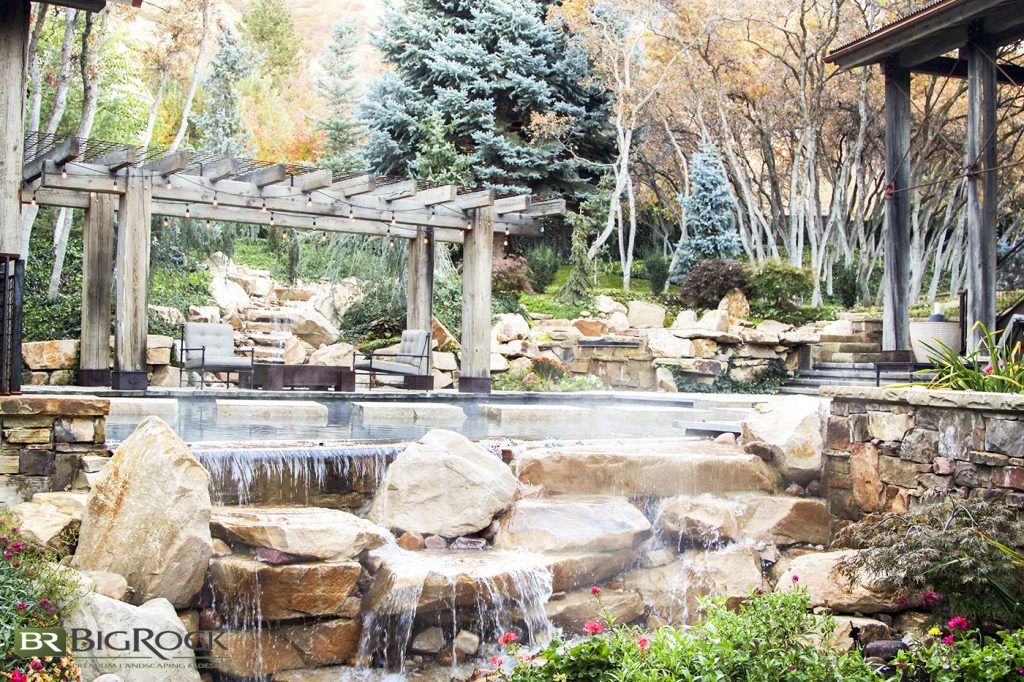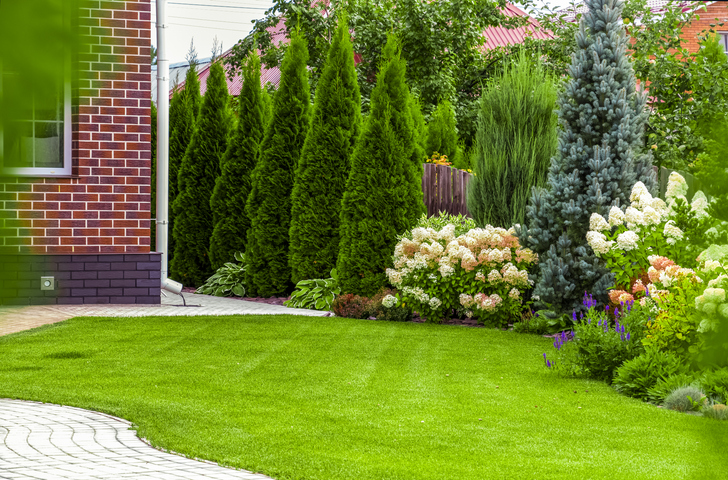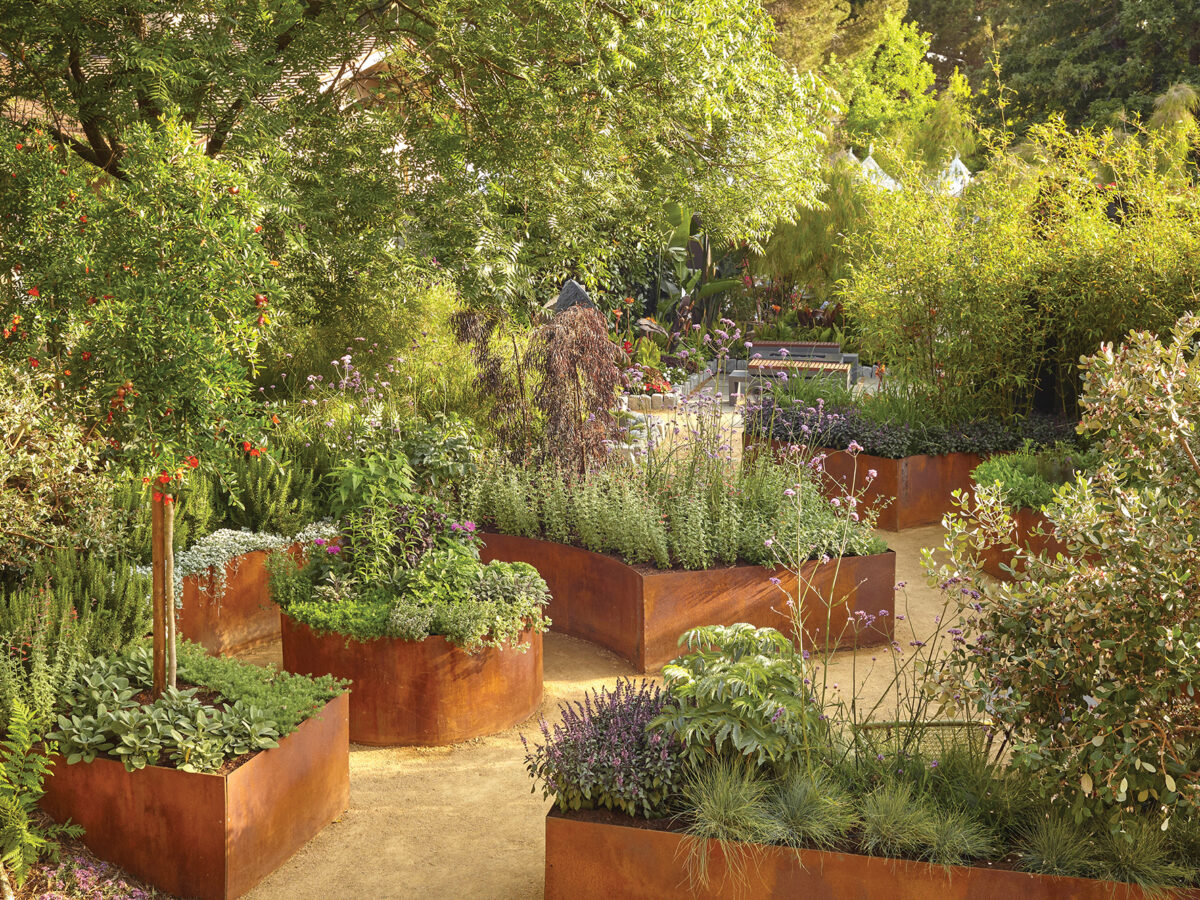9 Simple Techniques For Hilton Head Landscapes
9 Simple Techniques For Hilton Head Landscapes
Blog Article
Get This Report about Hilton Head Landscapes
Table of ContentsSome Known Incorrect Statements About Hilton Head Landscapes The 4-Minute Rule for Hilton Head LandscapesHilton Head Landscapes for DummiesThe Of Hilton Head LandscapesMore About Hilton Head LandscapesThe Best Guide To Hilton Head LandscapesThe Best Strategy To Use For Hilton Head LandscapesThe 8-Minute Rule for Hilton Head Landscapes
Kind compatibility is additionally a significant component of unity in designone or more noticeably different kinds benefit contrast and emphasis, but normally all various other types should have some resemblances for a linked appearance. Structure describes how rugged or fine the surface area of the plant or hardscape product really feels and/or looks.
Examples of plants with coarse appearance include philodendrons, agaves, bromeliads, hollies, palms, and hydrangeas. Hardscape with crude texture includes rough-cut stone, rough-finished brick, and unfinished wood with knots and a raised grain. Aged or old construction product that keeps a weather-beaten surface is frequently rugged in texture. Characteristics that develop fine texture include tiny vegetation; thin, strappy fallen leaves (grasses) or high, thin stems; tiny, thick twigs and small branches; long stems (creeping plants); and little, delicate blossoms.
How Hilton Head Landscapes can Save You Time, Stress, and Money.
Many plants are average appearance, because they can not be referred to as having either crude or great texture. They are defined by medium-sized fallen leaves with basic shapes and smooth sides. The average-sized branches are not largely spaced nor commonly spaced, and the general kind is generally rounded or mounding. Medium-textured plants serve as a history to link and unify the rugged- and fine-textured plants.

To make a space really feel smaller, position the rugged textures along the external perimeter and the great textures closest to the visitor. The detail of the crude appearance makes the plants show up closer and makes the space really feel smaller sized. The perceived structure of plants can also change with the range from the plant.
The Definitive Guide for Hilton Head Landscapes
Vibrant colors enhance the comparison and make the appearance show up coarser, while muted colors can flatten appearance. Hardscape with a coarse texturesuch as really harsh rocks and bold, large timberstends to make all plant material appear a lot more moderate distinctive. Designers often establish an appearance study (Figure 8) on paper to help make a decision the plan of plant materials.
Number 8. Structure research. Shade in plant material and hardscape adds rate of interest and range to the landscape. Color is the most noticeable aspect in the landscape and is typically the focus of many property owners; nonetheless, it is additionally one of the most temporary element, usually lasting only a couple of weeks a year for specific plants.
Some Known Details About Hilton Head Landscapes
An easy description of the color wheel consists of the three primaries of red, blue, and yellow; the three additional colors (a mix of 2 primaries) of green, orange, and violet; and six tertiary shades (a mix of one nearby main and secondary shade), such as red-orange. Color theory explains the connection of shades to every other and just how they need to be made use of in a make-up.

Analogous (occasionally called unified) shade schemes are any three to 5 shades that are nearby on the color wheel, such as red, red-orange, orange, yellow-orange, and yellow, or blue, blue-violet, and violet (landscape design hilton head). The colors belong per other because they typically consist of 2 key shades mixed to develop an additional and two tertiary shades, which indicates they share typical properties
They tend to have high contrast between them. One of the most typical sets are violet and yellow, red and green, and blue and orange. Complementary colors are often discovered normally in flowers; a typical pair is yellow and violet. Shade is found in the blossoms, foliage, bark, and fruit of plants.
Excitement About Hilton Head Landscapes
Green vegetation in all its numerous shades is the leading color by amount, yet other shades record interest quicker as a result of their high contrast to the color environment-friendly. Color is also found in structures, rocks, pavers, wood, and furniture. Many colors in all-natural materials, such as stone and wood, are commonly soft and have a tendency to be variations of brown, tan, and light yellow.
Colors have buildings that can impact feelings, spatial assumption, light top quality, balance, and focus. Amazing shades often tend to be relaxing and must be utilized in locations for relaxation and calmness.
How Hilton Head Landscapes can Save You Time, Stress, and Money.
Cool shades have a tendency to recede and are perceived from this source as being farther away, making a room really feel larger. Color can additionally be made use of to record interest and straight sights.
Intense yellow, which has the highest strength, additionally has a high contrast with all various other colors (frequently defined as a "pop" of shade) and must be utilized sparingly. A small amount of intense color has as much aesthetic weight as a large amount of an extra suppressed or weaker shade.
Similar (sometimes called harmonious) color design are any 3 to five shades that are nearby on the shade wheel, such as red, red-orange, orange, yellow-orange, and yellow, or blue, blue-violet, and violet. The shades relate per other due to the fact that they commonly include 2 primaries blended to form a secondary and 2 tertiary shades, which suggests they share typical buildings.
Indicators on Hilton Head Landscapes You Should Know
They tend to have high contrast between them. The most typical collections are violet and yellow, red and green, and blue and orange. Complementary colors are often discovered naturally in blossoms; an usual pair is yellow and violet. Color is found in the blossoms, foliage, bark, and fruit of plants.
Green vegetation in all its various tones is the leading color by amount, however various other shades catch focus a lot more readily because of their high comparison to the color environment-friendly - Landscaping bluffton sc - https://old.bitchute.com/channel/Zj8gnEYIqDqK/. Shade is additionally discovered in buildings, rocks, pavers, wood, and furnishings. A lot of colors in all-natural products, such as stone and timber, are usually low-key and have a tendency to be variants of brown, tan, and light yellow
Little Known Questions About Hilton Head Landscapes.
Shades have properties that can affect feelings, spatial assumption, light top quality, equilibrium, and emphasis. Trendy shades have a tendency to be relaxing and should be made use of in areas for leisure and calmness.
The "temperature" of colors can likewise impact the assumption of range. Trendy shades have a tendency to recede and are viewed as being farther away, making a space really feel bigger. Cozy shades have a tendency to advancement and are perceived as being better, making a room really feel smaller. Shade can likewise be used to capture focus and direct sights.
Intense yellow, which has the greatest intensity, likewise has a high contrast with all various other shades (frequently defined as a "pop" of shade) and ought to be made use of sparingly. A percentage of intense shade has as much visual weight as a huge amount of an extra subdued or weaker shade.
Report this page